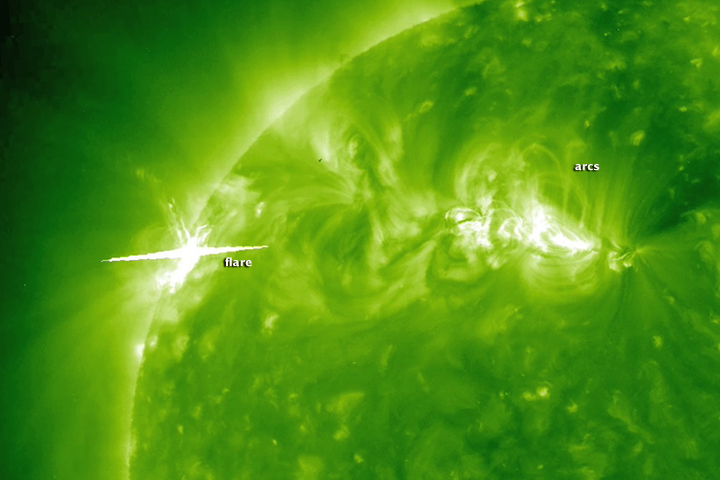Advancements in Coronal Mass Ejection Research Following Recent Space Storm

On May 31, 2025, real-time observations from the U.S. Naval Research Laboratory (NRL) captured a powerful coronal mass ejection (CME) erupting from the sun, which initiated a severe geomagnetic storm alert for Earth. This event marked a significant advancement in the understanding and monitoring of space weather phenomena. According to Dr. Karl Battams, a computational scientist at NRL's Heliospheric Science Division, 'Our observations demonstrated that the eruption was a so-called 'halo CME,' meaning it was Earth-directed, with our preliminary analysis of the data showing an apparent velocity of over 1,700 kilometers per second for the event.'
A geomagnetic storm occurs when energy from the solar wind interacts with Earth's magnetosphere, resulting in disturbances that can have far-reaching implications for technology and infrastructure. The National Oceanic and Atmospheric Administration's (NOAA) Space Weather Prediction Center classified the recent solar storm as G4, the second-highest level on its five-tier scale. Such powerful storms can lead to satellite damage, disruptions in radio communications, and even pose risks to electrical power grids.
'Powerful CMEs can have significant impacts on our technological systems,' explained Dr. Arnaud Thernisien, a research physicist at NRL's Space Science Division. 'These disturbances can compromise situational awareness, hinder command and control, and affect precision-guided systems.' The May 31 event was particularly notable for producing auroras visible as far south as New Mexico, showcasing the storm's intensity.
The NRL's LASCO C3 coronagraph, operational since 1996, and the newly launched Compact Coronagraph 1 (CCOR-1) were instrumental in providing critical real-time data for this event. The CCOR-1, designed and built by NRL, represents a significant technological advancement in space weather monitoring. NOAA's ability to issue timely alerts is vital for the Department of Defense (DoD) and other agencies, enabling them to prepare for the impacts of such geomagnetic storms.
Historically, CMEs have been linked to various technological disruptions. The first recorded observations of CMEs by NRL in the early 1970s paved the way for the field of heliophysics and our understanding of space weather's effects on Earth. As Dr. Battams noted, 'NRL has consistently maintained its position at the forefront of coronal imaging with a portfolio of groundbreaking instrumentation that has driven heliospheric and space weather studies.'
The May 31 event underscores the importance of ongoing research in space weather, particularly as our reliance on satellite technology and electronic infrastructure increases. Future studies will build upon the data collected from this CME to enhance predictive capabilities and mitigate risks associated with geomagnetic storms. As Dr. Thernisien stated, 'These observations are paramount for operational space weather monitoring and will contribute significantly to our understanding of the solar conditions affecting Earth.'
In conclusion, the advancements made in capturing and analyzing CMEs not only bolster our scientific knowledge but also enhance the preparedness of critical infrastructure against the disruptive potential of severe geomagnetic storms. With the ever-increasing impact of solar activity on technology, continued investment in space weather research and monitoring is essential for national security and operational effectiveness across various sectors.
Advertisement
Tags
Advertisement




